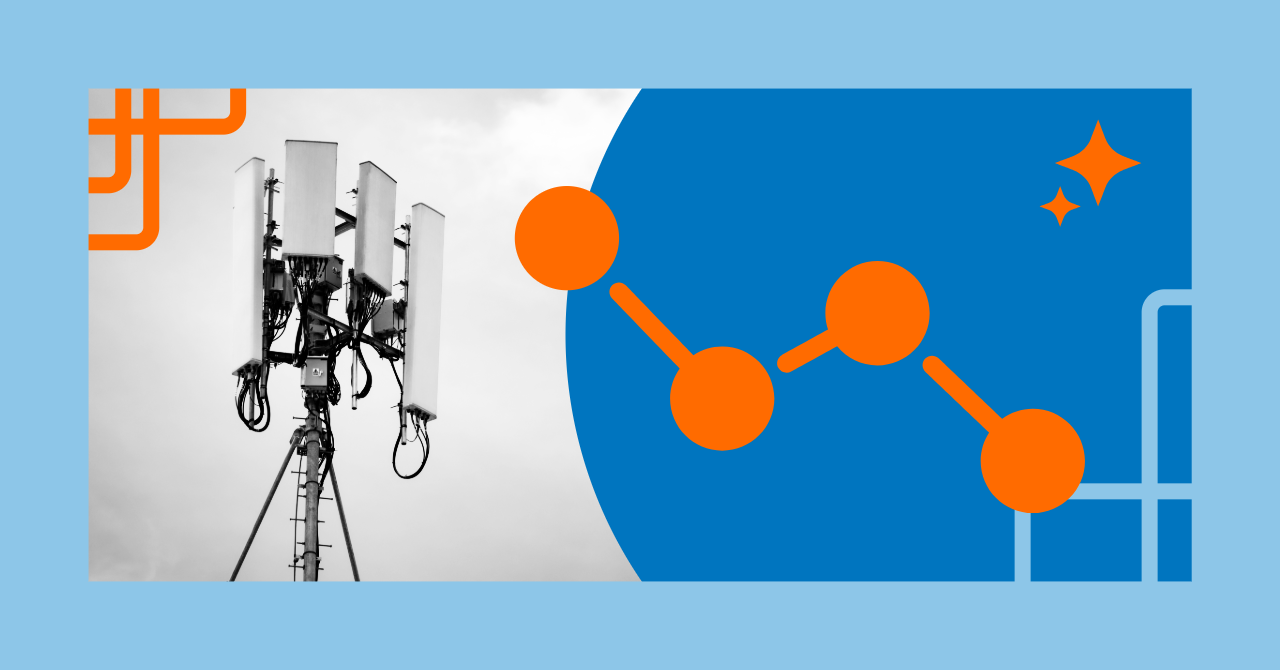Your servers aren’t always where you can see them. They’re in stores, behind kiosks, out in the field, and often sitting miles from the nearest technician. When one goes down, you’ve got two options: send someone out, or find a way to fix it from wherever you are.
More teams are leaning on remote tools to stay ahead of downtime, cut operating costs, and keep edge systems running smoothly, especially when on-site access isn’t easy. Convenience plays a role, sure, but the bigger story is about maintaining visibility and control across every location, no matter how spread out.
Edge hardware is evolving to be more robust. So is the way that you manage it.
Remote access brings structure to the chaos
It’s hard to keep every site perfectly tuned when you’re managing distributed infrastructure. Small issues pile up.
Delays creep in. With the right setup, you can tackle problems early, sometimes before anyone notices them.
Here’s how that looks day-to-day.
Keep systems online without stepping on-site
When a device locks up or crashes, remote management gives you a lifeline. You can reboot, reimage, or check hardware status from anywhere. No delays. No dispatch.
Cut the travel budget
Remote tools turn regular maintenance into something your team can handle in minutes, not hours or days. No need to send a technician to a remote location, waiting hours or days for them to arrive and resolve the issue.
Handle growth without burning out your team
Whether you’re adding ten new edge nodes or ten thousand, remote tools keep the workload manageable. Updates roll out at scale. Configurations stay consistent. Everything stays on track, without ballooning your headcount.
Lock it down, keep it visible
Remote access means greater levels of security. With detailed access logs, user controls, and real-time alerts, your team can keep eyes on everything, no matter where it's installed.
If someone tries to access the BIOS or reboot the system outside of approved hours, you’ll see it in the logs and get notified. That kind of visibility keeps your infrastructure safe, no matter how many sites you're managing.
Nano BMC is ready for what’s coming
Edge deployments aren’t slowing down. As more industries rely on distributed infrastructure, the need for smarter, lighter, more reliable remote tools is only going to grow.
SNUC built Nano BMC for this reason. It’s compact, rugged, and easy to use, with server-grade functionality and zero ongoing fees. It works across a range of environments, integrates with standard tools, and gives your team the control it needs, without making them jump through hoops.
Whether you're setting up a few smart kiosks or scaling across a national network, Nano BMC helps you stay ahead. Not just when something breaks, but every day.
Want to see how Nano BMC fits into your setup? Contact us here.
Remote edge server management in action
Here’s how remote server management looks in practice:
Factories that don’t stop for updates
Edge systems in manufacturing plants power automation, monitor sensors, and run mission-critical apps.
If something freezes mid-shift, it can have a serious knock-on effect for all operations. Nano BMC lets teams step in fast, remotely power-cycle a unit, reinstall software, or check hardware health. Production stays up, and downtime doesn’t snowball.
Retail IT at scale
One store is easy. Try 100. From digital signage to point-of-sale devices, retail edge systems have to run smoothly and stay secure. With remote access, updates roll out overnight across entire regions. IT can troubleshoot without waiting for a manager to describe the problem. Nano BMC gives them full visibility without boots on the ground.
Telecom that keeps up with demand
Edge nodes at cell towers and micro data centers do the heavy lifting for local processing. But they’re often remote, hard to access, or just inconvenient to service. Nano BMC gives operators the tools to manage these nodes with precision, pushing updates, rebooting devices, or running diagnostics without a ladder or a long drive.
Critical systems that stay ready
Edge servers handling real-time workloads, like sensor data in smart grids or live video in public safety systems, can’t afford delays or downtime.
Nano BMC gives teams the tools to step in fast.
For example, law enforcement units using edge-intelligent video analytics can monitor and manage remote surveillance nodes without interrupting active operations. Utilities running control systems across distributed infrastructure can push firmware updates or run diagnostics from a central location, keeping everything stable without relying on local crews.
Autonomous systems that need attention
Edge servers in vehicles and drones collect and analyze vast amounts of data in motion. They can’t stop to get serviced. Remote tools make it possible to keep these nodes healthy on the fly. Update software, check logs, and reboot if needed, all without pulling them off the job.
What’s next: remote tech gets smarter
The way we manage edge systems is still evolving. What used to be limited to enterprise server rooms is now showing up in far-flung locations, built right into compact hardware. As demand grows, the tech keeps leveling up.
Smarter systems with built-in brains
AI at the edge is allowing systems to learn to self-monitor, predict failures, and suggest fixes before things go sideways. Think of it as a built-in support team that works around the clock, right at the edge.
Hybrid cloud setups
With edge computing, data no longer has to live in one place. The best systems balance local compute with cloud integration, sending the heavy stuff where it belongs while handling time-sensitive tasks on-site. Remote management tools keep both ends synced and visible.
Find out more by reading out free ebook Cloud vs edge
How flexible are you?
Technologies like Redfish and container orchestration platforms give IT teams more flexibility than ever. Add to that a web interface that doesn’t feel like it was built in 2003, and suddenly managing a remote fleet feels more like checking your inbox than wrestling with a firewall.
Security that travels with the device
Edge systems move. Or they sit in places where physical access is hard to control. That’s why remote management tools need layered security, user authentication, encrypted channels, event logs, and clear access controls. Nano BMC was designed with all of this baked in, so you’re not just managing remotely, you’re managing securely.

